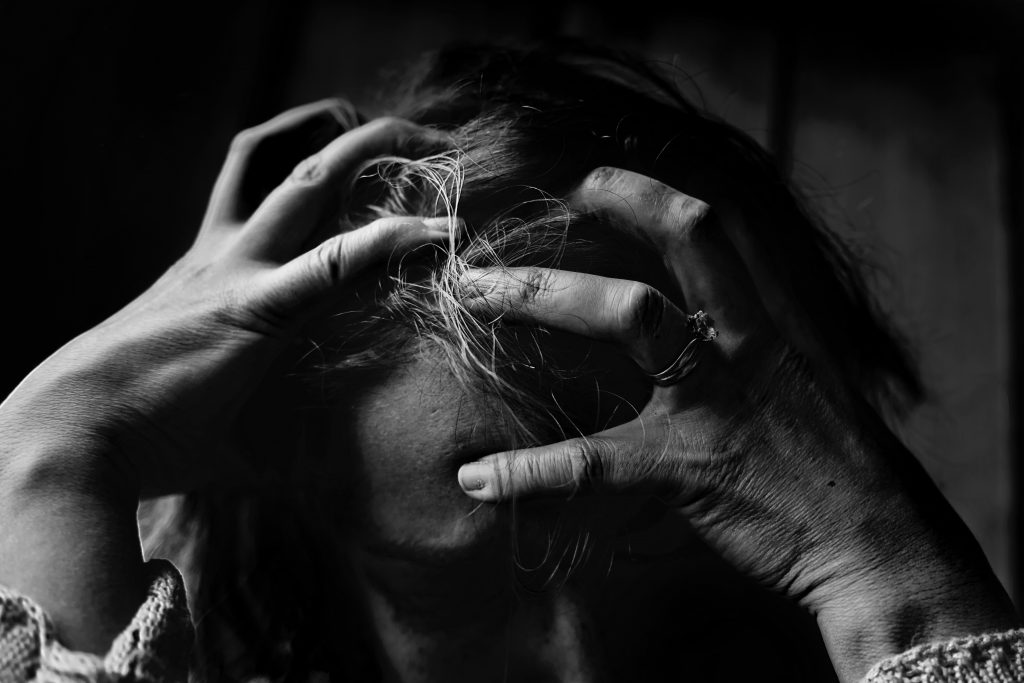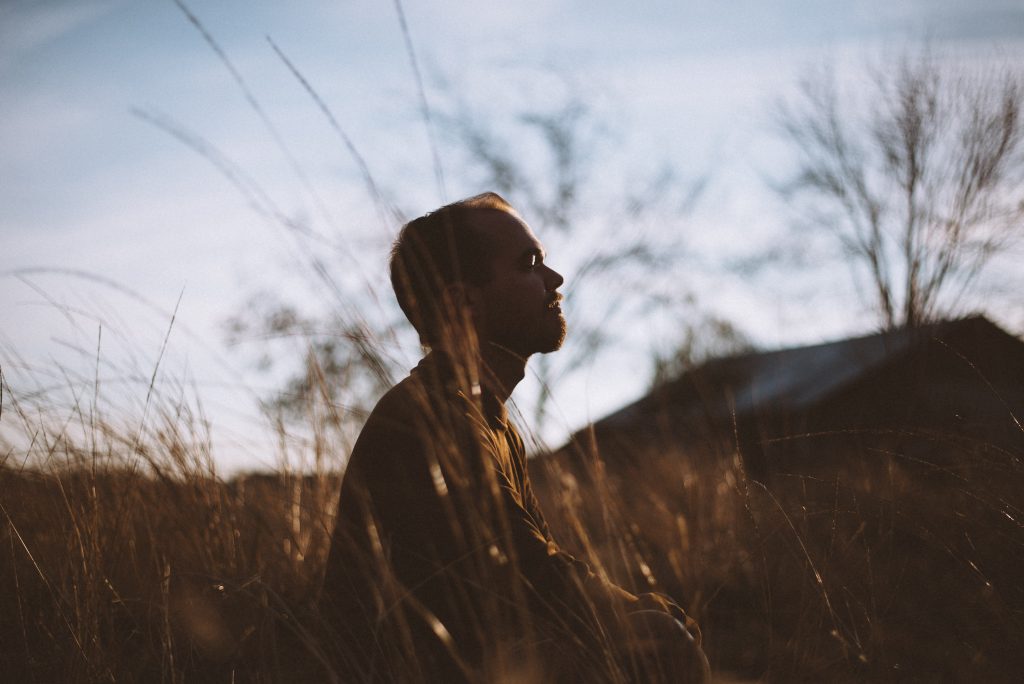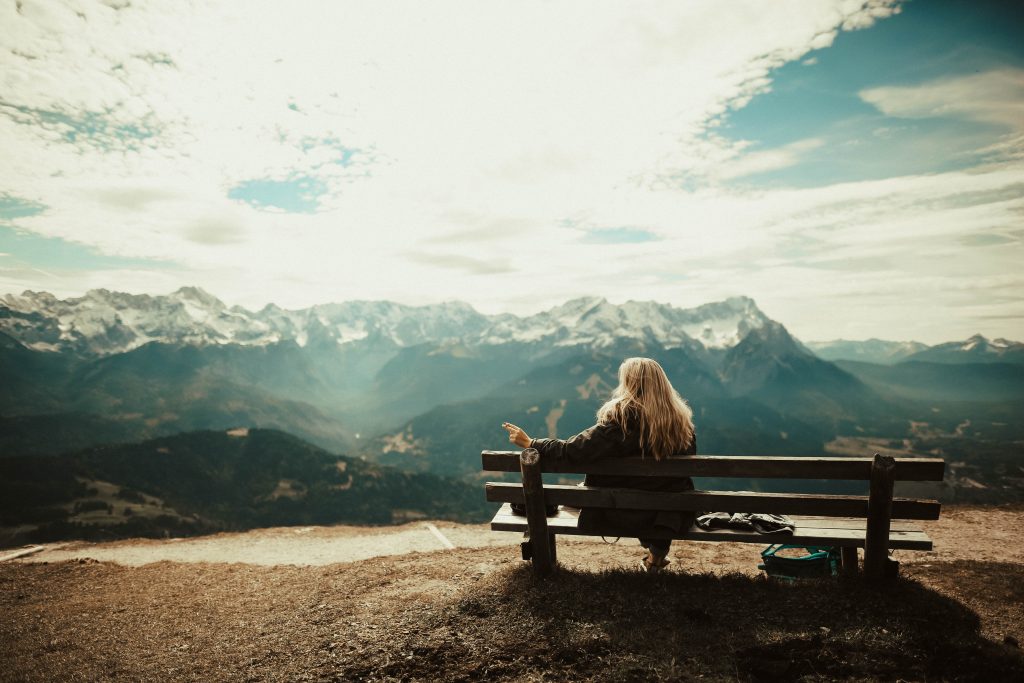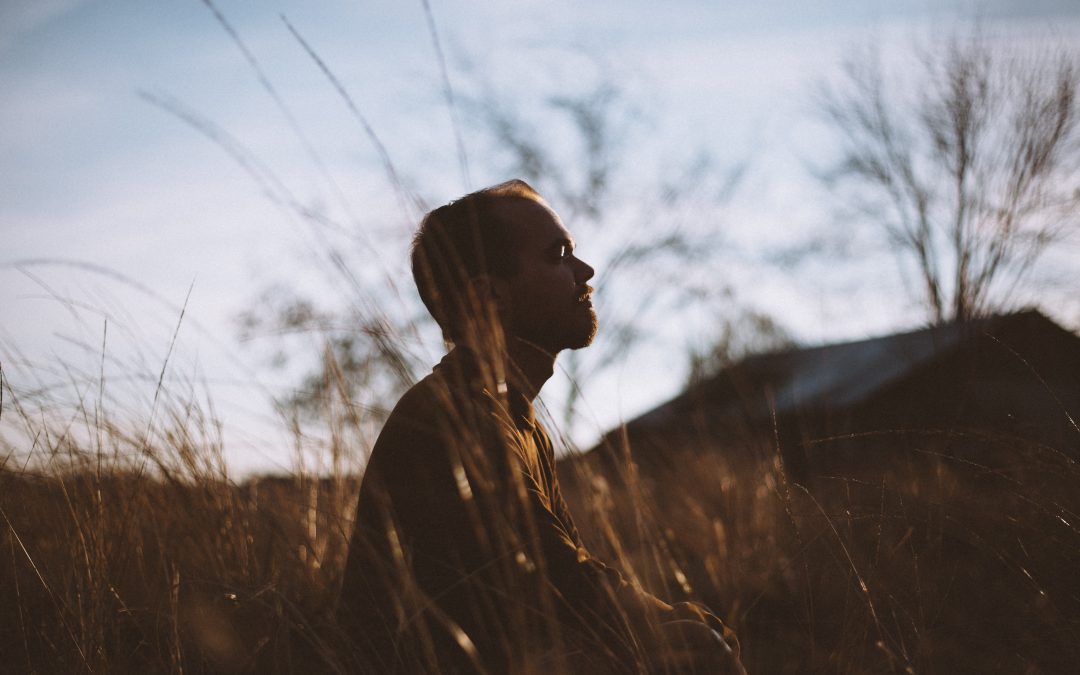What is Mindfulness?
Mindfulness. One of these words that seems to have slowly made an appearance in western culture over the last few years. But why is that? Which element of our lives and practice calls for mindfulness today?
If you look at the definition given by the NHS, it boils down to “paying more attention to the present moment – to your own thoughts and feelings, and the world around you.” In other words, it is you checking in with yourself: physically and mentally.
You are scanning around and taking notice of how you are feeling.
Are your shoulders tight? Are you standing firmly on two feet? Does your head feel heavy?Are you breathing properly? Are you frowning? Struggling to focus? Feeling empty, feeling full? Allow yourself to be fully aware of what’s happening both inside and around you.

It is by becoming more aware of your physical and emotional state in the present moment that you’ll be able to truly assess how you feel, and if you should perhaps strive to change an aspect of your life. Practicing a regular dose of mindfulness allows you to become aware of how you function as a human being: do you see a pattern in the way you look at life? Is the glass half empty or half full? Perhaps it is something linked to the way you train, work, or even communicate with the people around you.
It’s not a race, competition or cross-fit work-out type of practice…
You don’t have to be critical or burst a blood vessel doing it: simply observe what’s going on. No judgment or criticism involved. Similarly, no need to grab sword and banner to strike at the toxicity or negative feelings that you find.
Be curious.
Be engaged.
Be playful with whatever you find in the darkness: is it anxiety? Stress? A lack of expression? A drowning or drifting sensation? Taking a step back to visualise the situation as a whole is a key step. Thus, through this all-seeing awareness, you become capable of implementing a bit more light into your everyday life.
I said “a regular dose”… In all honesty, I’m trying to avoid sounding too authoritative or insistent, but it is something you should aim to practice daily. Taking 15, 20, 30mins or even an hour for you to just check that everything is ship shape. That you’re not seeing the glass half empty or half full, but rather that you’re just seeing a glass and its content. If you’re not feeling 100%, find yourself focusing too much on the shadow that looms, or struggling with some people or elements of your surroundings: perhaps it’s time for you to act on it.

To see differently, we have to think differently.
So, change your thinking. It’s not particularly pleasant, but then again, change never is. We become accustomed to whichever mindset our brain has settled in. Bringing it to a different state will require work. But as I said, 15mins a day is a great way to get started.
You don’t have to sit cross-legged on the floor like so many Insta-Yogis you probably see on your feed. Find what’s most comfortable for you.
You don’t have to do it in silence: have some music in the background, sing, shake your body around, go for a walk, find a bench in the park. Look up, close your eyes or keep them open… You are presented with endless options. Find what works for you: how can you connect your mind to your body? How can you re-connect to your environment?

A dire need for connection
Because, when all is said and done, it is purely about reinforcing this forgotten trait of humanity: we’re all too busy comparing our lives on social media, communicating through screens, removing ourselves from real life and the world that surrounds us. There is no right or wrong in your implementation of mindfulness. No need to fear failure or crave success. No one is trying to trick you into becoming a monk on top of a mountain somewhere deep in the Himalayas.
Just look around you and observe. Now look inside yourself: many philosophers, writers and other thinkers of our kind believed that what we receive in life (work, relationships, events of all kind) is a reflection of what lies within ourselves. Many can find this idea debatable and I invite you to question this at great length should you be so inclined. However in your debating, give this vision a thought.
You have nothing to loose
Ultimately, allowing yourself to be mindful will not hinder your work, relationships, your training, your practice or even your goals. It’s about taking a step back and observing what’s going on. Being in the moment no matter the circumstance. Being aware of why your body is moving or what your posture is trying to tell you. Leave judgment at the door: he’s a cumbersome fellow. Don’t try to change for the sake of it. Cultivate what makes you you in everything you do.
Should you fancy a cheeky Ted Talk, Jo Pang – management consultant and mindfulness teacher – gave an interesting one last June. It’s a 13min long video during which Jo gives some advice as to how you can achieve that state of awareness and self check-in. It’s a learning process, people! But we all have it in us, and you have nothing to lose by giving it a try.

